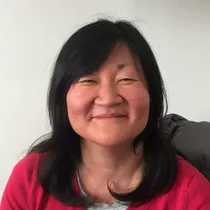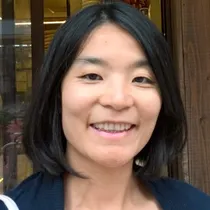- Accueil >
- Publications >
- Ezrin enrichment on curved membranes requires a specific conformation or interaction with a curvature-sensitive partner
Ezrin enrichment on curved membranes requires a specific conformation or interaction with a curvature-sensitive partner
Auteurs
Feng-Ching Tsai, Aurelie Bertin, Hugo Bousquet, John Manzi, Yosuke Senju, Meng-Chen Tsai, Laura Picas, Stephanie Miserey-Lenkei, Pekka Lappalainen, Emmanuel Lemichez, Evelyne Coudrier, Patricia Bassereau
Résumé
One challenge in cell biology is to decipher the biophysical mechanisms governing protein enrichment on curved membranes and the resulting membrane deformation. The ERM protein ezrin is abundant and associated with cellular membranes that are flat, positively or negatively curved. Using in vitro and cell biology approaches, we assess mechanisms of ezrin’s enrichment on curved membranes. We evidence that wild-type ezrin (ezrinWT) and its phosphomimetic mutant T567D (ezrinTD) do not deform membranes but self-assemble anti-parallelly, zipping adjacent membranes. EzrinTD’s specific conformation reduces intermolecular interactions, allows binding to actin filaments, which reduces membrane tethering, and promotes ezrin binding to positively-curved membranes. While neither ezrinTD nor ezrinWT senses negative curvature alone, we demonstrate that interacting with curvature-sensing I-BAR-domain proteins facilitates ezrin enrichment in negatively-curved membrane protrusions. Overall, our work demonstrates that ezrin can tether membranes, or be targeted to curved membranes, depending on conformations and interactions with actin and curvature-sensing binding partners.
Equipes

Membres

PATRICIA BASSEREAU
Directeur de recherche CNRS
AURELIE BERTIN
Directeur de recherche CNRS



